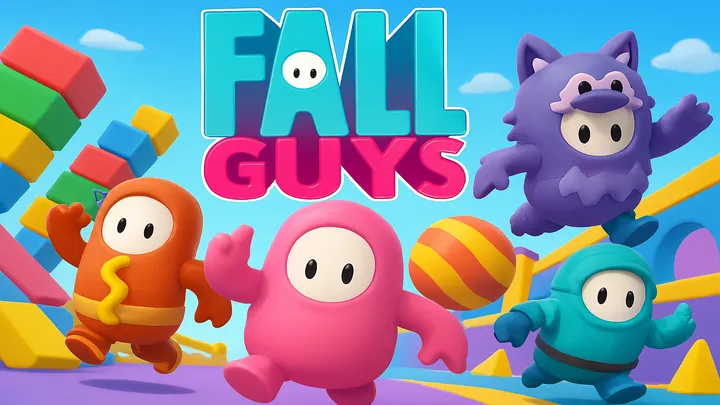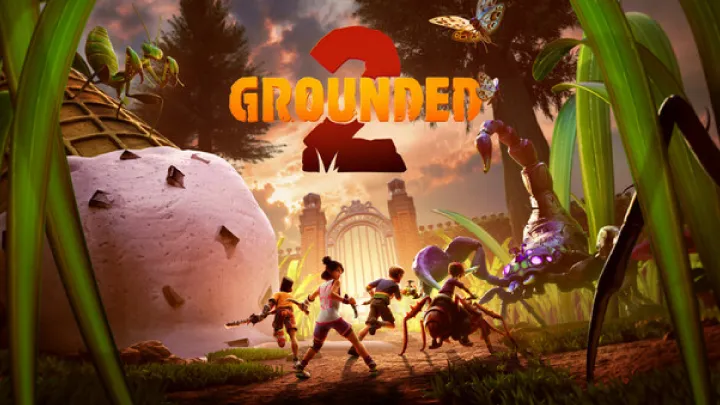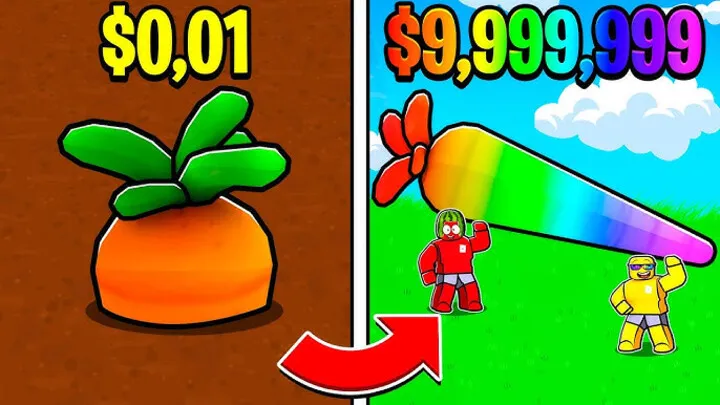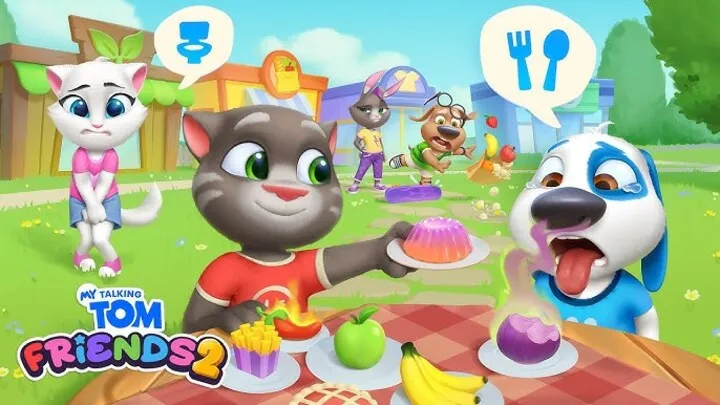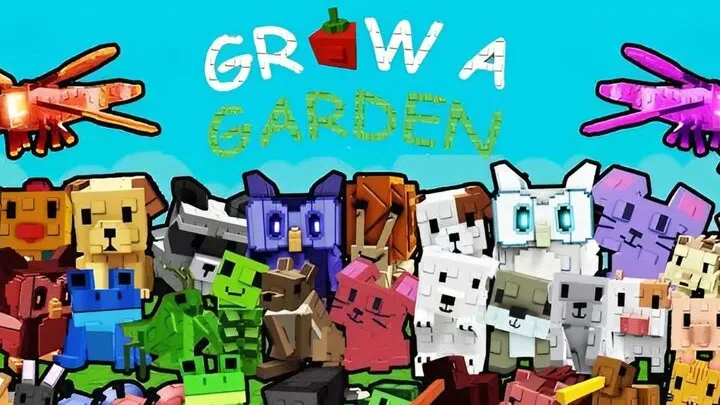Introduction
Grow a Garden is more than just a relaxing casual game—it’s a simulation of patience, strategy, and nurturing. Players take on the role of a gardener with a mission: plant seeds, cultivate vegetables, fruits, and flowers, and manage a thriving digital garden space. But beneath its colorful visuals and calm atmosphere lies a layer of strategy that challenges players to balance time, resources, and creativity.
If you’re new, it’s tempting to plant everything at once and hope for fast results. Experienced players know better—successful gardening in this game requires planning, efficient use of tools, and understanding plant growth cycles. This guide provides a complete walkthrough on how to turn your small patch of land into a flourishing paradise. From soil preparation to harvesting rare crops, we’ll cover everything step by step.
1. Getting Started with Your First Seeds
The journey begins with a small plot of soil and a handful of seeds. These first seeds—usually simple vegetables like carrots or tomatoes—teach you the basics of planting, watering, and waiting for growth.
Planting is straightforward, but don’t scatter seeds randomly. Instead, group similar plants together for efficient watering and harvesting later. The early game is about learning the growth cycles of plants and experimenting with timing.
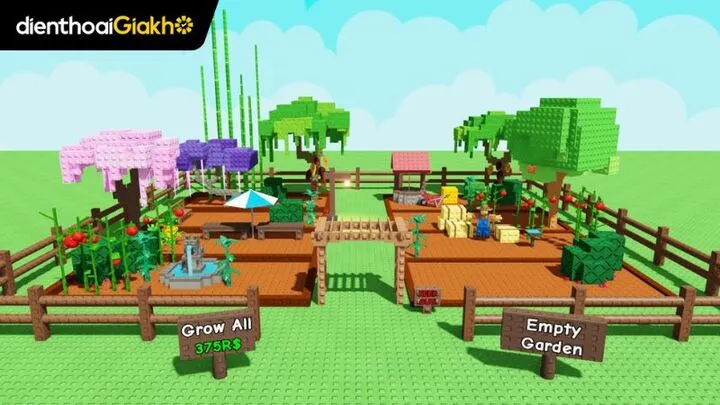
At this stage, patience is crucial. Many beginners get frustrated with the waiting period, but resist the urge to rush with premium boosts. Learning how long each plant naturally takes to grow will help with long-term strategy.
2. Understanding Soil, Water, and Sunlight Balance
Healthy gardens start with healthy soil. In Grow a Garden, the soil quality influences the growth speed and yield of your crops.
- Soil Types: Some plots are naturally fertile, while others require compost or fertilizers.
- Water Needs: Each plant has its own hydration cycle. Overwatering can slow growth, while underwatering stunts plants.
- Sunlight Exposure: Certain crops thrive in full sun, while others grow better in shaded plots.
Balancing these three elements is the foundation of efficient gardening. Keep an eye on plant indicators—drooping leaves or pale colors often signal a resource imbalance.
3. Choosing the Right Plants for Your Garden
Not all crops are created equal. Some are quick to grow but yield little, while others take longer but produce larger harvests.
Quick Growers
- Lettuce
- Radishes
- Strawberries
Long-Term Investments
- Pumpkins
- Grapes
- Sunflowers
Plan your garden like an investment portfolio. Mix quick growers for steady income with long-term crops that reward patience. This combination keeps your garden productive at all times.
4. Tools of the Trade: Using Equipment Efficiently
As you progress, tools become essential for maintaining and expanding your garden.
Basic tools include watering cans, hoes, and shovels. Over time, you’ll unlock sprinklers, compost bins, and advanced gardening gadgets. Each tool reduces manual work and speeds up certain tasks.
For example, sprinklers ensure consistent watering without requiring your attention every few minutes. Fertilizer spreaders increase soil quality for multiple plants at once. Always prioritize upgrading tools before cosmetic items, as they save you time and resources in the long run.
5. Managing Time and Growth Cycles
Time management is one of the hidden challenges in Grow a Garden. Every crop has a growth cycle, and aligning these cycles makes harvesting more efficient.
If you plant everything at the same time, you’ll have overwhelming harvests and long empty gaps afterward. Instead, stagger your planting so something is always ready to harvest.
Many advanced players set schedules—fast crops in the morning, long crops in the evening, ensuring constant activity. Learning to plan around your real-life routine makes gardening feel smooth rather than stressful.
6. Expanding Your Garden and Unlocking New Areas
Eventually, your starting plot won’t be enough. Expanding your garden opens up new opportunities for crop variety, decorative plants, and even mini greenhouses.
Expansion often requires coins, gems, or completing specific tasks. Prioritize expansions that unlock new crop types first—this keeps your income streams diverse. Decorative areas can wait until your garden’s economy is stable.
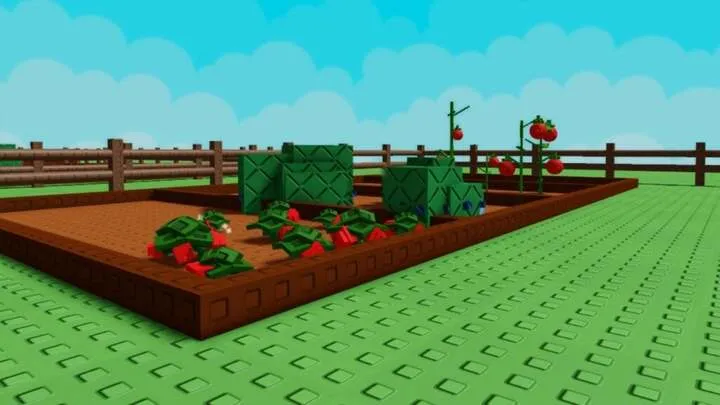
Don’t forget vertical gardening options when they become available. Wall planters and trellises allow you to grow more in limited space, maximizing your harvest potential.
7. Seasonal Crops and Special Events
One of the most exciting parts of Grow a Garden is its seasonal system. Each season introduces new crops, special decorations, and limited-time challenges.
For example:
- Spring: Tulips, peas, and cherries.
- Summer: Corn, melons, and sunflowers.
- Fall: Pumpkins, grapes, and apples.
- Winter: Special snow plants or festive event crops.
Special events often bring rare seeds that can’t be grown any other time. Always prioritize planting event crops, even if they take longer, because they often yield unique rewards and decorations.
8. Balancing Aesthetics and Efficiency
A great garden isn’t only about productivity—it’s also about beauty. Grow a Garden allows you to decorate your space with fences, fountains, benches, and more.
Aesthetic choices don’t just please the eye—they influence gameplay. Happy garden visitors (in certain game modes) may leave gifts or coins if the space looks inviting. Balancing rows of crops with decorative paths makes gardening enjoyable and functional.
Tip: Create zones in your garden—food crops on one side, flowers in the middle, and event decorations in a dedicated corner. This helps organization and looks stunning.
9. Economy and Resource Management
Coins, gems, and harvest yields form the backbone of your gardening economy. Managing these wisely is essential to avoid resource shortages.
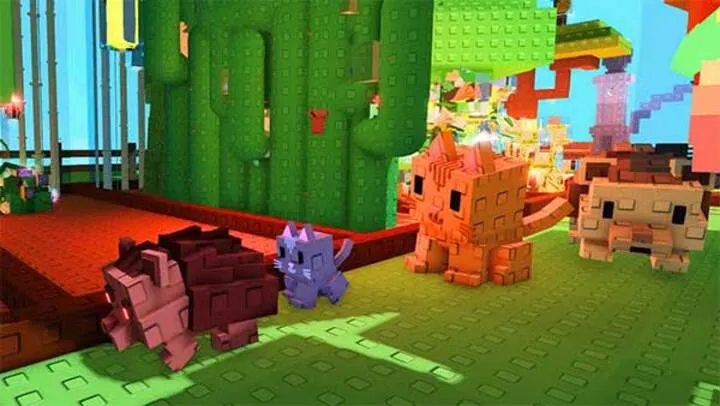
How to Earn Coins
- Harvesting and selling crops
- Completing daily gardening challenges
- Trading special plants in events
Smart Spending
- Prioritize soil and tool upgrades first.
- Save gems for rare seeds rather than rushing regular crops.
- Avoid spending on decorations early—focus on growth.
The more efficient your economy, the faster you can expand, unlock rare plants, and experiment with advanced gardening features.
10. Advanced Strategies and Long-Term Gardening Success
Once you’ve mastered the basics, it’s time to explore advanced gardening techniques.
Crop Rotation
Switching plant types in the same soil keeps it fertile and prevents yield decline.
Companion Planting
Some crops grow better together. For example, beans enrich the soil for corn, while marigolds keep pests away from tomatoes.
Long-Term Goals
Set challenges for yourself—like designing a fully themed garden, unlocking every seasonal plant, or maximizing income per square foot. These goals keep the game engaging for months.
The beauty of Grow a Garden is that there’s no single “win condition.” Success is about building a thriving, beautiful garden that reflects both strategy and creativity.
Conclusion
Grow a Garden is a game of balance, patience, and imagination. By understanding soil, water, sunlight, and crop cycles, you can create a sustainable gardening system. By mixing fast growers with long-term crops, upgrading tools wisely, and planning around events, you’ll maximize both productivity and enjoyment. Over time, your garden will transform from a small starter plot into a lush paradise filled with seasonal wonders, rare plants, and personalized decorations.
Whether you’re here to relax, to compete in seasonal events, or to perfect your gardening strategy, this guide ensures that your garden grows beautifully and efficiently.








